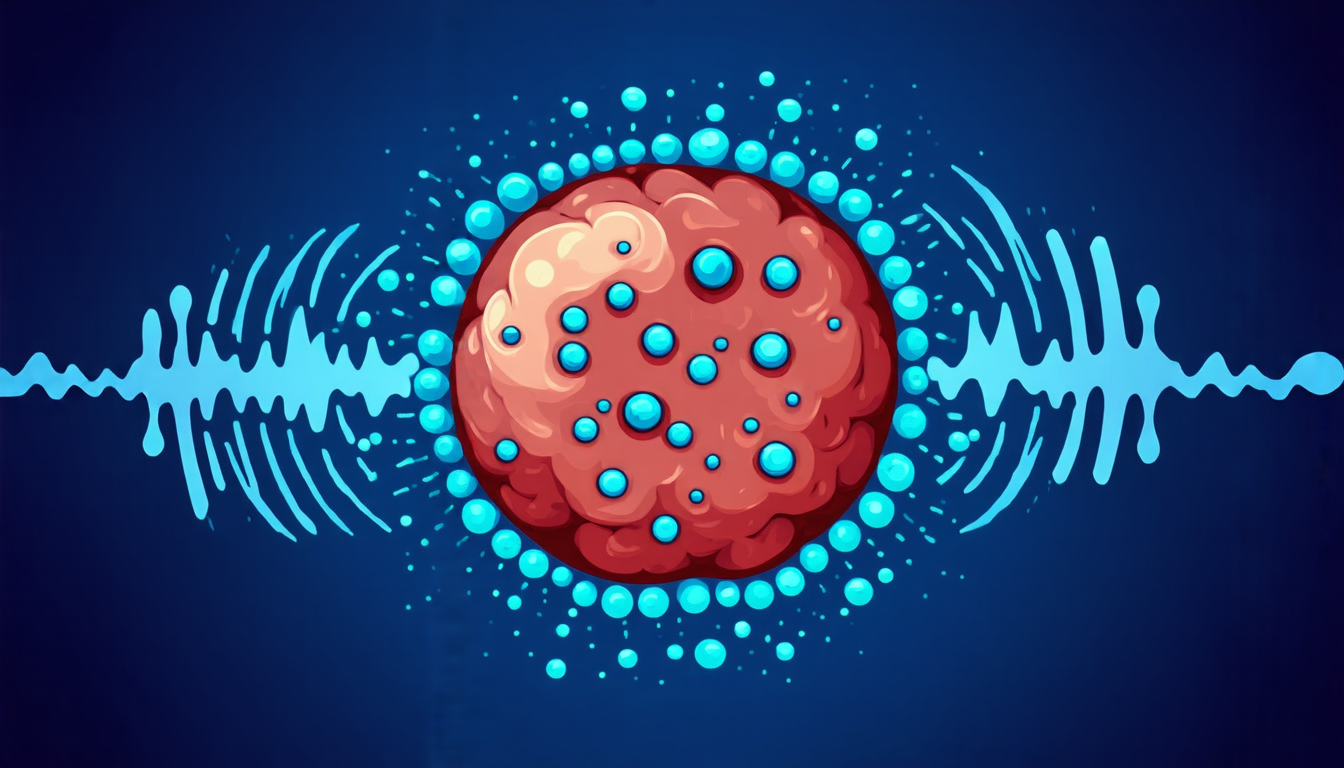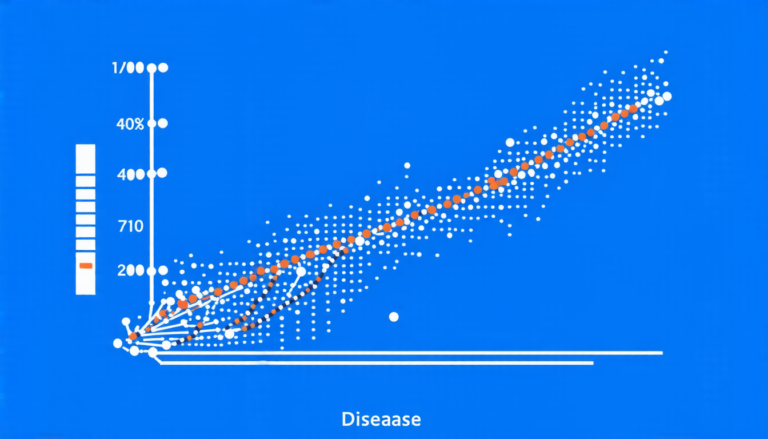Thursday 11 September 2025
Cancer is one of the most complex and devastating diseases we face, and finding effective treatments has proven to be a significant challenge. One approach that has gained attention in recent years is hyperthermia therapy, which involves heating up tumors to high temperatures to kill cancer cells. But there’s more to it than just simply raising the temperature – scientists are working to develop sophisticated models of tumor growth that can help guide treatment decisions.
One such model was recently developed by a team of researchers from Italy and France. They created a non-isothermal phase-field system, which is a complex mathematical framework that simulates the behavior of tumors in response to different treatments. The system takes into account factors like the movement of cancer cells, the production of nutrients, and the effects of heat on the tumor.
The model was tested using data from real-world experiments, and the results were impressive. The team found that their model accurately predicted the growth and regression of tumors under different treatment scenarios. This is significant because it could help doctors make more informed decisions about how to treat patients with cancer.
But what’s really exciting is that this model is just one piece of a larger puzzle. Researchers are working on developing even more sophisticated models that can account for additional factors, like the movement of healthy cells and the effects of different treatments on the tumor microenvironment.
One challenge in developing these models is that tumors are incredibly complex systems. They’re made up of many different cell types, each with its own unique characteristics and behaviors. And then there’s the issue of scale – tumors can grow from a few millimeters to several centimeters in size, which means that scientists need to be able to model behavior at multiple scales.
To tackle these challenges, researchers are using advanced computational methods and machine learning algorithms to analyze large amounts of data from experiments and simulations. They’re also working closely with clinicians and biologists to ensure that their models are accurate and relevant to real-world medical practice.
The ultimate goal is to develop personalized treatment plans for patients with cancer. By combining sophisticated mathematical models with real-world data, scientists hope to create a system that can predict how tumors will respond to different treatments and help doctors make more informed decisions about how to treat patients.
It’s a complex and challenging problem, but the potential rewards are enormous. If successful, this approach could revolutionize the way we treat cancer and improve outcomes for patients around the world.
Cite this article: “Modeling Cancer: A Path to Personalized Treatment”, The Science Archive, 2025.
Cancer, Hyperthermia Therapy, Tumor Growth, Mathematical Modeling, Machine Learning, Personalized Treatment Plans, Tumor Microenvironment, Cancer Cells, Nutrients, Heat Transfer.







